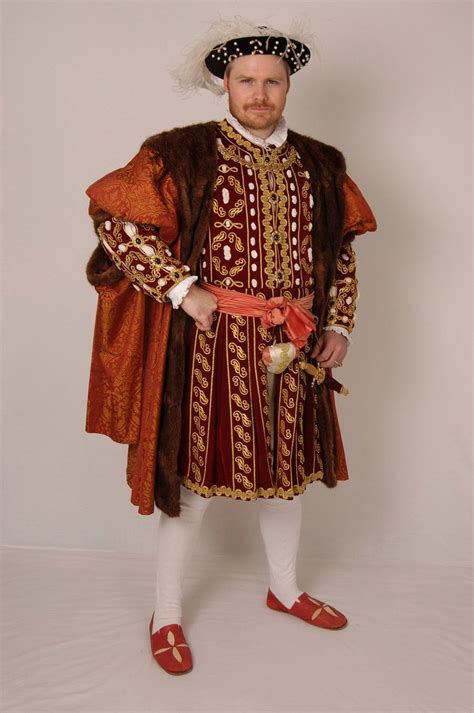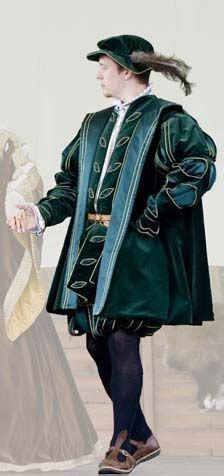1600 men's clothing tudor | 16th century tudors style 1600 men's clothing tudor The Typical Tudor features: 216 pages with colour illustrations throughout. Detailed line drawings and diagrams by Michael Perry. Sumptuous full-colour photographs of reconstructed .
For Dragon Warrior II on the NES, GameFAQs has 118 guides and walkthroughs.
0 · tudors men's clothing 16th century
1 · tudor tailor 16th century
2 · tudor stewart men's clothing
3 · men's clothing in tudor england
4 · 16th century tudors style
5 · 16th century tudors hats
6 · 16th century tudor shoes
7 · 16th century tudor dresses
What to do after Lv.95 / 2020 New version / for beginner / DragonNest SEA - YouTube https://youtu.be Time stamp - Every guide chapter ↓ Make your Gears - 00:27 Costume - 13:30 Gold Farming - 17:13 Nest Location - 19:00 Material Farming - .
Men’s Clothing in 16th Century Tudor England. “A man’s clothes were a matter of great public importance, a woman’s less so. With his clothes a man advertised his place in .Man’s Formal Clothes about 1600 (left) This gentleman (pictured left) wears a padded doublet with pointed waist and short padded breeches, with tapering ‘canion’ at the knee, over which the .
The typical clothes worn by middling men during the decades between the battles of Bosworth (1485) and Flodden (1513) are described and reconstructed in this beautifully illustrated book.

In the 16th century there was an unprecedented revolution in dress – first the introduction of sleeves, which would now be made of a different material and color than the .Fashion in the period 1550–1600 in European clothing was characterized by increased opulence. Contrasting fabrics, slashes, embroidery , applied trims, and other forms of surface ornamentation remained prominent.
The Typical Tudor features: 216 pages with colour illustrations throughout. Detailed line drawings and diagrams by Michael Perry. Sumptuous full-colour photographs of reconstructed .The Typical Tudor concentrates on the clothing of the middling to lower sort in the 16th century. This eagerly awaited follow up to The Tudor Tailor presents a fascinating introduction to the .
tudors men's clothing 16th century
Fashion in the period 1500–1550 in Europe is marked by very thick, big and voluminous clothing worn in an abundance of layers (one reaction to the cooling temperatures of the Little Ice Age, .

1600’s. 1630-40, Victoria & Albert Museum . It represents a new fashion in men’s wear that had been introduced several years before by the Duke’s older brother, Charles II. The style came from France where it derived from the justaucorps, a version of . 1560-1600 – Men’s clothes get narrower on shoulders and longer. 1562 – English legislate against the wearing of “monstrous and outrageous greatness of hose” after fashion for padding tops of legs reaches ridiculous proportions. 1564 – Starching is introduced from the Low Countries and allows for the development of large, stiff ruffs.
Shoulder wings increase the apparent width of the shoulders - again a favourite aspect of Tudor and Elizabethan men’s clothing. The Pattern. To provide a pattern, I looked through the ones that I have used from several books, including “Men’s 17th Century Dress Patterns”, “The Tudor Tailor”, and “Clothes of the Common People in .
The ruff is probably the item of clothing that is associated most with Elizabethan England. It is the white collar that was fashionable with men, women and children in all but the lowest social classes from the late Tudor era to the reigns of the Stuarts (approximately the 1560s to the 1630s). Five-year-old child wearing a ruff, 1590
tudor tailor 16th century
Through the Tudor period, fashionable doublets remained close-fitting with baggy sleeves, and elaborate surface decoration such as pinks . 1550–1600 in fashion; 1600–1650 in fashion; 1650-1700 in fashion; Brigandine; References . Patterns of Fashion: the cut and construction of clothes for men and women 1560-1620, pajama 1985. Revised .
Foreword • Men’s wardrobes, 1600–30 • Clothing terms • Dressing men, c. 1600–30 • Tailoring the doublet • Sewing stitches • Embroidery stitches • How to use this book • The patterns • 1. Green silk velvet doublet • 2a. Doublet of slashed silk satin . Rich contrasting brocade underskirts (Figs. 1, 9) were sometimes paired with the mantua and as François Boucher explains in A History of Costume in the West: “From 1680 on, ornaments and trimming became more numerous: skirts and bodice fronts were covered with passementerie and embroidery and were dotted with ribbon bows.” (258-59)
There were also important changes in who was making the clothes women wore, as the Art of the Dressmaker (L’Art de la Couturière) explains: “Before the year 1675, the Tailors usually made all the clothes worn by both men and women, but in that year Louis XIV decided to give women the right to dress their own sex and since this time the Tailors have kept . Clothes in the Elizabethan era (1558-1603 CE) became much more colourful, elaborate, and flamboyant than in previous periods. With Elizabeth I of England (r. 1558-1603 CE) herself being a dedicated follower of fashion, so, too, her court and nobles followed suit. Clothing was an important indicator of status so that those who could afford it were careful to wear the .
Tudor Clothes. As the Medieval Period ended a new Tudor dynasty took control of England *Tudor period 1485 – 1603 *includes Elizabethan Era . The Tudor Dynasty was the ruling dynasty of the Kingdom of England that ruled the country and its principalities from the late 15th century till the beginning of the 17th century.Caroline Johnson’s transcriptions and translations of more than two hundred hand-written pages of the original 16th century Latin and English documents have revealed a wealth of fascinating facts about expenditure on garments for servants at the Tudor court. The typical clothes worn by middling men during the decades between the battles of .
The men and a bagpiping boy wear knee-length yellow léine with jackets on top. DeHeere’s drawings do match bog finds of male fashion though. What is found in the bogs, usually belonged to common people rather than townsfolk, one would presume. Two men’s outfits were found and are now on display in the National Museum. For discussion of French men’s fashion, see the Fashion Icon section about François I, King of France, above. . The Tudor Child: Clothing and Culture 1485 to 1625. Hollywood: Quite Specific Media, 2013. . Modelejon: Manligt Mode 1500-Tal, 1600-Tal, 1700-Tal. Stockholm: Livrustkammaren : Bokförlaget Atlantis, 2002. H enrietta Maria (1609-166) was the youngest daughter of King Henri IV of France and Marie de’ Medici and was named after both her parents. Her brother, Louis XIII, became King when she was only a child. She married King Charles I of England in 1625 and became Queen Consort of England, Scotland and Ireland, although she was never crowned due to her . Men’s Clothing in 16th Century Tudor England. “A man’s clothes were a matter of great public importance, a woman’s less so. With his clothes a man advertised his place in society, a fact that had serious consequences in Tudor England.
tudor stewart men's clothing
Man’s Formal Clothes about 1600 (left) This gentleman (pictured left) wears a padded doublet with pointed waist and short padded breeches, with tapering ‘canion’ at the knee, over which the stocking is pulled. His ‘Spanish’ cloak is heavily embroidered.The typical clothes worn by middling men during the decades between the battles of Bosworth (1485) and Flodden (1513) are described and reconstructed in this beautifully illustrated book.

In the 16th century there was an unprecedented revolution in dress – first the introduction of sleeves, which would now be made of a different material and color than the gown itself. This would open up many options for sleeve changes with the same dress, offering a way to change your look without changing the dress.From early Tudor fashion to late, sumptuary laws controlled the clothing Tudor men and women could wear. Fashion was also heavily influenced by the key players of the royal Tudor court.Fashion in the period 1550–1600 in European clothing was characterized by increased opulence. Contrasting fabrics, slashes, embroidery , applied trims, and other forms of surface ornamentation remained prominent.The Typical Tudor features: 216 pages with colour illustrations throughout. Detailed line drawings and diagrams by Michael Perry. Sumptuous full-colour photographs of reconstructed garments. Sewing patterns and knitting instructions for more than 50 garments and headwear. Buy.
The Typical Tudor concentrates on the clothing of the middling to lower sort in the 16th century. This eagerly awaited follow up to The Tudor Tailor presents a fascinating introduction to the range of garments worn by ordinary men and women 500 years ago.Fashion in the period 1500–1550 in Europe is marked by very thick, big and voluminous clothing worn in an abundance of layers (one reaction to the cooling temperatures of the Little Ice Age, especially in Northern Europe and the British Isles).
gucci calfskin matelasse mini gg marmont
gucci bugs
ROHIT KHANNA. Allen Foster Community Eye Health Research Centre, Gullapalli Pratibha Rao International Centre for Advancement of Rural Eye care, L V Prasad Eye Institute, Hyderabad, India. Verified email at lvpei.org.
1600 men's clothing tudor|16th century tudors style


























